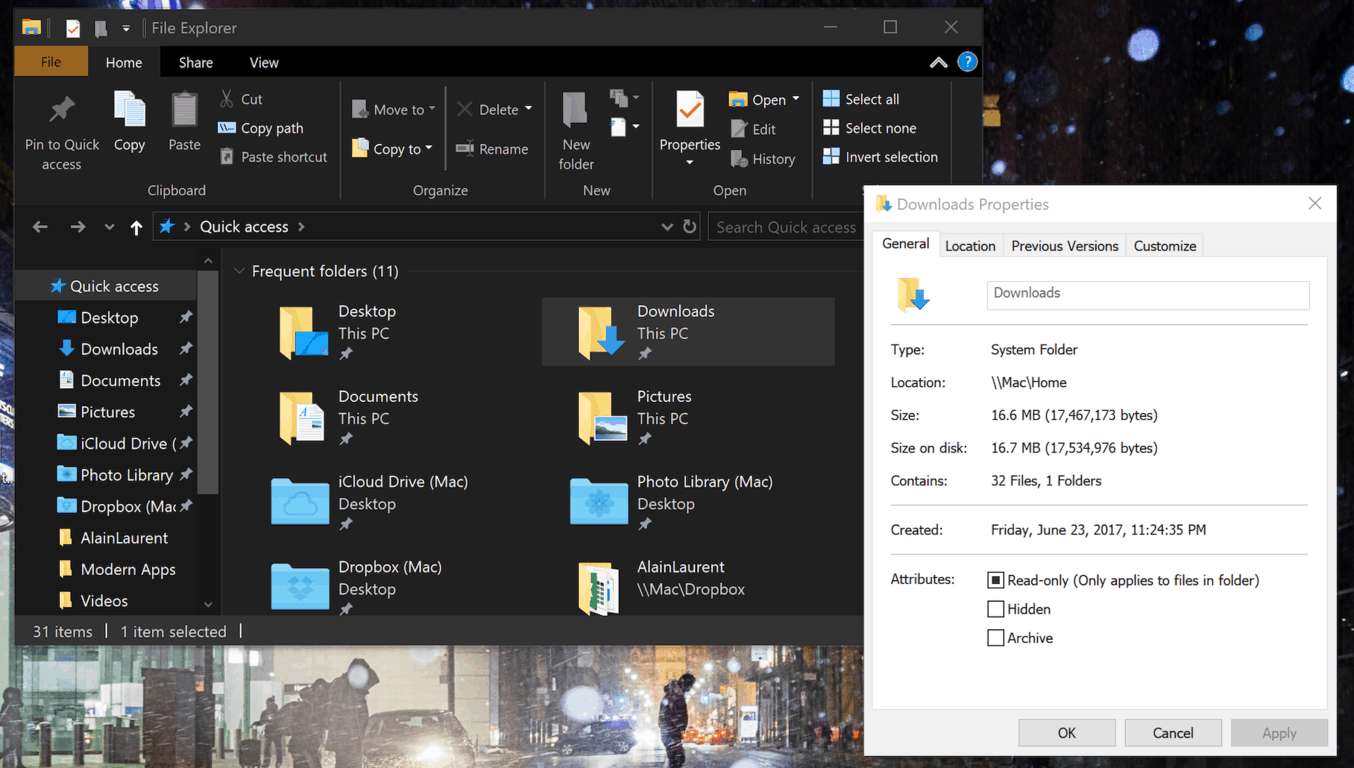A Microsoft wish list for 2020: 7 things I’d like Microsoft to do next year
14 min. read
Published on
Read our disclosure page to find out how can you help Windows Report sustain the editorial team Read more
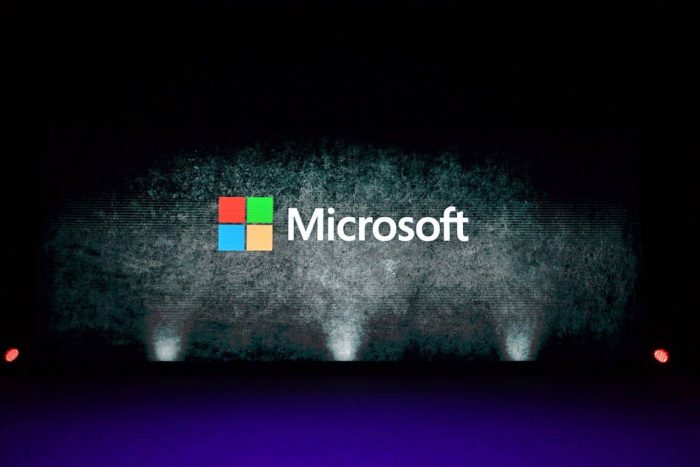
2019 has been a pretty exciting year for Microsoft fans. One of the biggest news of the year was definitely the introduction of the Surface Neo and Duo, especially with Microsoft opting for Android for the smaller dual-screen device the company doesn’t want to call a “phone.” If some details leaked about the bigger Surface Neo, the software giant finally unveiled Windows 10X, the new lightweight version of Windows that Surface Neo and other devices will be running in late 2020.
On the hardware front, we also got the Surface Pro X this Fall, which is Microsoft’s first Windows 10 on ARM PC powered by a custom-designed chip from Qualcomm. The company also announced other new products including the Surface Earbuds and the Xbox Series X, with the latter set to go head to head with Sony’s PlayStation 5 next year.
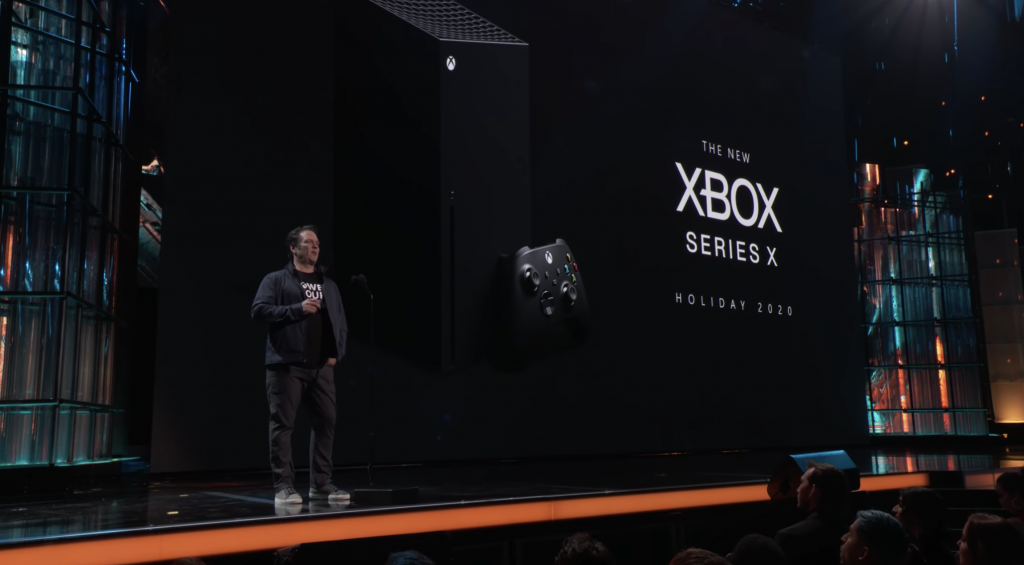
Microsoft clearly has a lot in the pipeline for 2020 with new Surface and Xbox hardware, the launch of a new platform with Windows 10X, and hopefully a couple of surprises. However, I think the company still has a lot of work to do on Windows 10, which four years after launch remains an incoherent combination of multiple design languages. The app situation also remains a hot topic, with the Windows 10 Microsoft Store still in need of a serious makeover.
Over the years, the Windows Insider program has also become a very intricate machine, and it may be time for some simplification ahead of the launch of Windows 10X. I think 2020 should also be a year where Microsoft simplifies its Surface lineup, and pay more attention to its various consumer services, especially on mobile devices.
This is my personal wish list of things I’d like Microsoft to focus on next year, and I really hope all of them are already a priority for the company.
A more coherent design language
Microsoft has made progress on “Fluent Design” this year, but I’d say there’s still a ton of work to do on Windows 10. I’m well aware that the desktop OS still has lots of legacy components that can’t be easily updated, but the inconsistencies are really apparent when you use the dark theme on Windows 10. This is especially true when using File Explorer,
If it’s still too easy to find to Windows XP-style UI elements in Windows 10, it also seems that the different teams at Microsoft building apps for the OS don’t always agree about what a stock Windows 10 app look like. We did see some progress this year when the company introduced redesigned app icons for its most popular apps, but the contrast between Microsoft’s pretty design videos and the reality remains quite striking.
More than 20 years ago, Steve Jobs famously said in an interview that “Microsoft has no taste”. Since then, much water has flowed under the bridge, but I’m still amazed that Apple managed to really nail dark mode in macOS Mojave, while the Windows 10 dark mode is still in need of changes.
Shut down the “UWP apps are dead” rumors for good
In recent years, “UWP apps are dead” has pretty much become the new “Windows Phone is dead” in the Microsoft scene. Rumors about the death of UWP apps may have been exaggerated, but this ongoing perception problem is clearly the result of a lack of clarity for Microsoft.
When we thought the company was all in on universal apps that could run on PC, phones, Xbox One, HoloLens, or Surface Hub, the truth is that legacy Win32 apps are here to stay. Now, the company wants to help developers bring some UWP technologies to their legacy apps, and Microsoft itself recently announced that it was in the process of merging the codebases of its OneNote 2016 and OneNote for Windows 10 apps.
The Microsoft Store, which is probably the most important UWP app on Windows 10, is also responsible for the general distrust that consumers feel about UWP apps: It’s still filled with low-quality apps, it’s not always reliable when downloading big apps or games, and Microsoft is apparently changing its design every year or so. Overall, the whole experience is so bad that it’s also preventing the Store to be taken seriously as an alternative to Steam or the also much-criticized Epic Games Store.
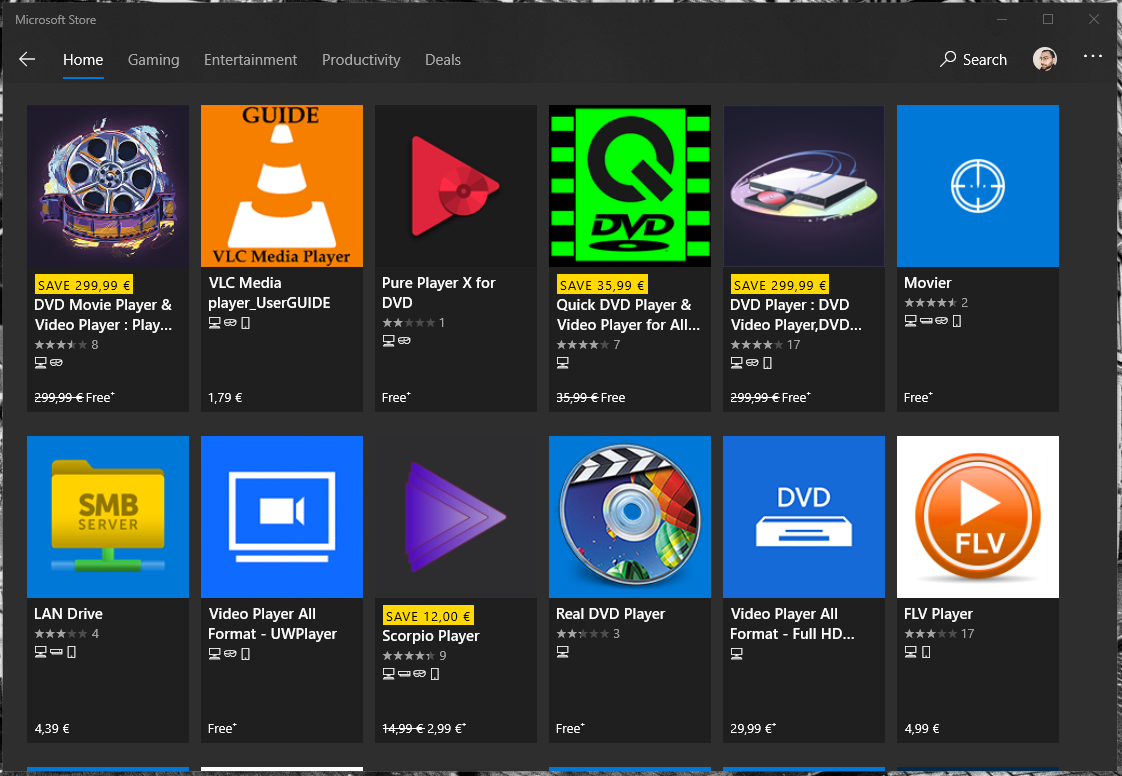
There’s also some confusion caused by the recent talk about Progressive Web Apps, which Microsoft is now supporting on Windows 10. At some point, the company explained that it would start automatically scanning the web to add legitimate PWAs to its Microsoft Store, but the company apparently changed its plans at some point (probably for the better). Anyway, the fact that an app like OneDrive, a not so great UWP app to begin with, was replaced by a basic web wrapper earlier this year wasn’t exactly reassuring.
I’m not sure what Microsoft can do to improve the perception about the Microsoft Store and UWP apps, but the company recently hired well-known UWP developer Rudy Huyn. “UWP is far from dead, it’s one of the keystone of the future for Windows,” Huyn wrote in a blog post about the state of UWP apps in 2019.
Simplify the Windows Insider program
The Windows Insider program has definitely become a very important source of news for Microsoft-focused websites, but I have the feeling that this stuff is becoming increasingly hard to understand, even for us who follow Microsoft news every day. Again, the contrast with Apple’s beta testing programs for macOS and iOS, which are pretty straightforward, is pretty striking.
This year, we saw Microsoft start testing the first major Windows 10 Update for 2020 (20H1) before the second update for 2019 (19H2). Importantly, the company didn’t use the Fast Ring to test 19H2, it used the Slow and Release Preview Rings to do that, though not all Insiders in these rings received the same builds.
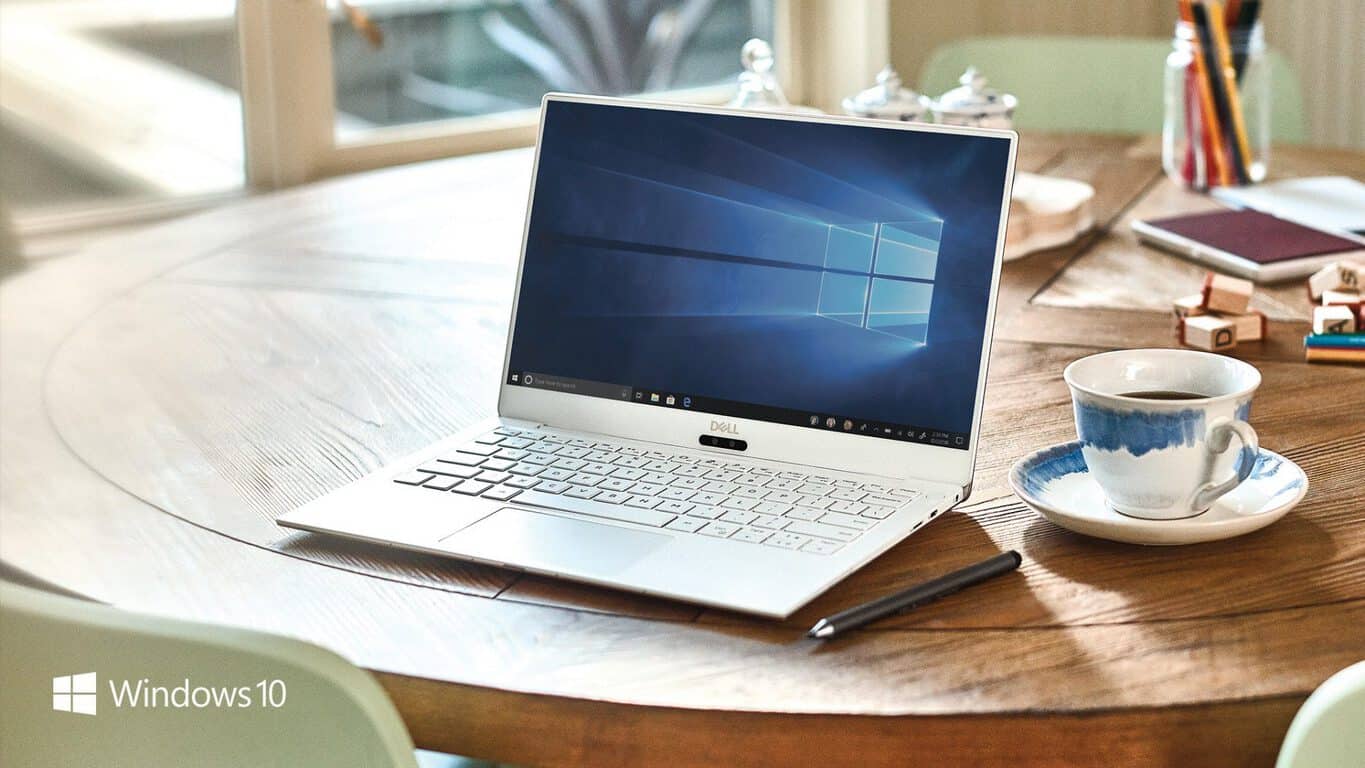
For the first time, the company experimented with what it called a “throttled delivery approach,” shipping new 19H2 features only to select Insiders who downloaded the new builds. The whole process was quite confusing, to say the least, and it’s not clear if this really helped the team ship a better version Windows 10 1909 in the end. Indeed, this latest version of Windows seems to be plagued by persisting Windows Search issues, though the company has yet to acknowledge them.
Last week, we were quite surprised to see the Windows Insider team announce some important changes for the Fast Ring: Going forward, Fast Ring Insiders will be testing the latest Windows 10 features (even more so now with the demise of Skip Ahead), though these features won’t necessarily be tied to a specific release.
However, Microsoft’s Brandon Leblanc confirmed to us that the Windows Insider team will still do some A/B testing in that revamped Fast Ring. In other words, there’s still no way to opt in to test all new Windows features, which remains quite frustrating.
We will still do A/B testing in all the rings. Changes today is specific only to builds.
— Brandon LeBlanc (@brandonleblanc) December 16, 2019
It’s not clear why the company won’t allow early adopters to test every new feature if they really want to. Again, we don’t know if A/B testing is really helping the team to ship better updates, but the company could certainly use more Insiders who clearly know what they signed up for.
It remains to be seen if the upcoming release of Windows 10X leads to a more complex Windows Insider program. While the new OS will only ship on new machines, Microsoft may well start testing new Windows 10X features with select Insiders. Hopefully, we should get more details early next year. The recent discovery of a “Windows Feature Experience Pack” on the Microsoft Store also suggests that Microsoft could start pushing out shell operating features independent of core OS development, which is definitely an interesting perspective for us.
Streamline the Surface line
Microsoft really deserves credit for transforming Surface into a respectable and beloved brand in the past couple of years. However, the recent release of the ARM-powered Surface Pro X had me a bit worried, as I don’t think there is anything really “Pro” about this device. Actually, my own colleague Arif Bacchus, who bought one with his own money, found the Windows 10 ARM limitations so infuriating that he ended up returning it without any regrets. All in all, I think the Surface Pro X should have been the successor to the Surface Go, especially if better battery life and built-in LTE connectivity are the tablet’s killer features.
To be frank, I think Microsoft has been misusing the “Pro” adjective for many years. With their dedicated GPUs, the Surface Book 2 and Surface Studio are true “Pro” devices, something I wouldn’t say about the Surface Pro 7 or even the new 15” Surface Laptop 3. I think shipping this bigger version of the Surface Laptop without a dedicated GPU was a real missed opportunity for the company, especially since many pros are probably interested in a “Surface Laptop Pro” as powerful as the Surface Book 2, without the device’s signature hinge that makes it much thicker.
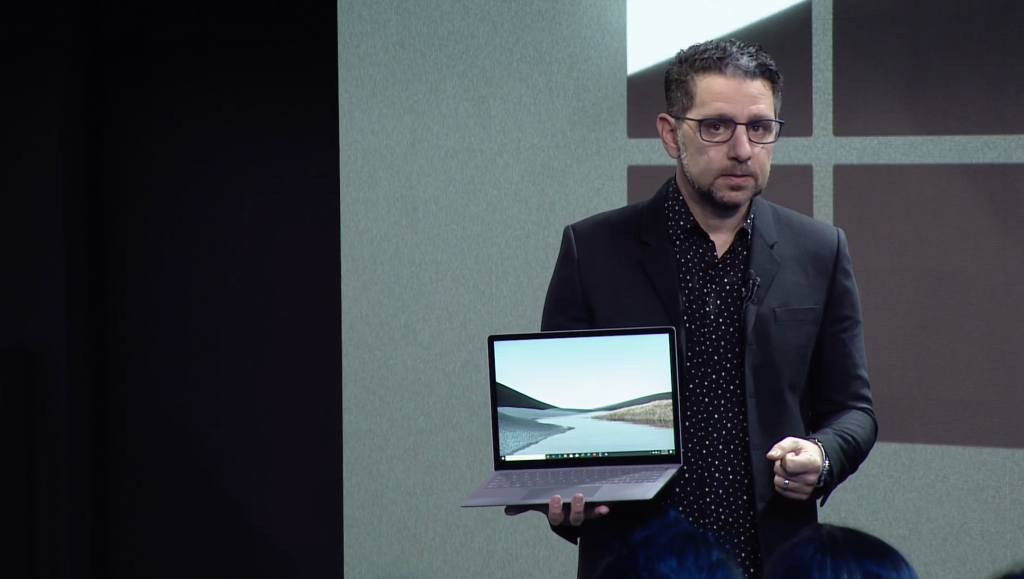
Microsoft is known for not being great at branding, and I doubt anything will change in the near future. Still, AdDuplex’s stats consistently show Surface Pro tablets being the most popular products in the lineup, and these 2-in-1 devices clearly aren’t used mostly by professionals. On the other hand, true pro devices like the Surface Book and Surface Studio are lagging far behind in AdDuplex’s stats, which isn’t surprising at all.
The Surface family devices can only get more complex once the Surface Neo and Surface Duo launch next year, especially since these two dual-screen devices won’t be running full Windows 10. It will be interesting to see how Microsoft is going to educate consumers about these Surface Neo and Duo next year, and I really hope these devices won’t tarnish the Surface brand like Surface RT did back in the day.
More Surface/Xbox-branded accessories
By announcing new Surface Earbuds back in October, Microsoft is following the footsteps of Apple and its popular AirPods wireless headphones. Headphones is a great market to be in, as these devices provide some sort of status symbol. Microsoft’s Surface Headphones was an exciting first step, but the company has now delayed its Surface Earbuds to next year. That’s probably a good thing, as the current circular design doesn’t look as good as Apple’s AirPods. Importantly, the Cupertino company really stepped up its game this Fall with its new AirPods Pro, which bring a new noise-cancellation technology that Microsoft’s Surface Earbuds lack.
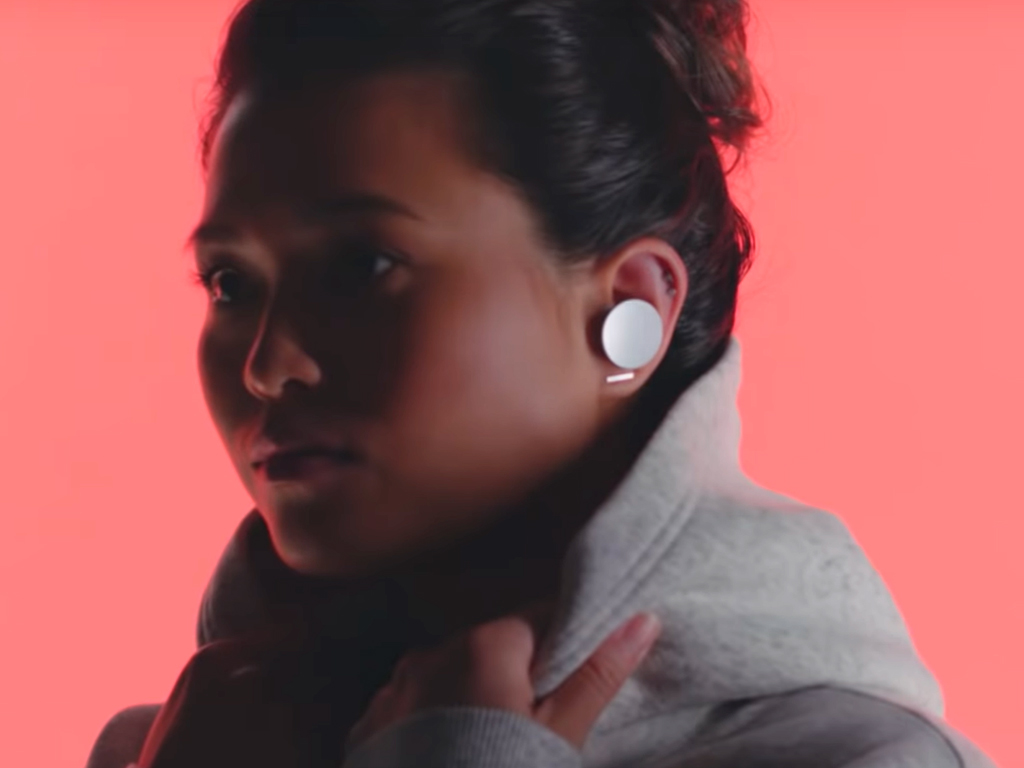
Microsoft is obviously very interested in wireless headphones, which makes me wonder why the company has yet to release a pair of Wireless Xbox headphones. As you may know, Microsoft has created its own Xbox Wireless protocol used by many manufacturers of wireless controllers and headphones for Xbox One. I’m sure an official Xbox Wireless headset with a nice design would sell like hotcakes, probably even more than the Surface headphones ever will.
While we’re talking about Xbox, Microsoft also let Razer create the first Xbox-branded keyboard and mouse for Xbox One, and the gaming hardware manufacturer also recently launched its Junglecat dual-sided mobile controller that looks just perfect for Project xCloud. Again, I’m not sure why Microsoft didn’t come up with its own accessories in the first place, but I hope this will change with the next generation of consoles. If the Xbox Elite Wireless Series 2 controller is any indication, Microsoft can design truly great gaming accessories, and the company can certainly do so while making a profit.
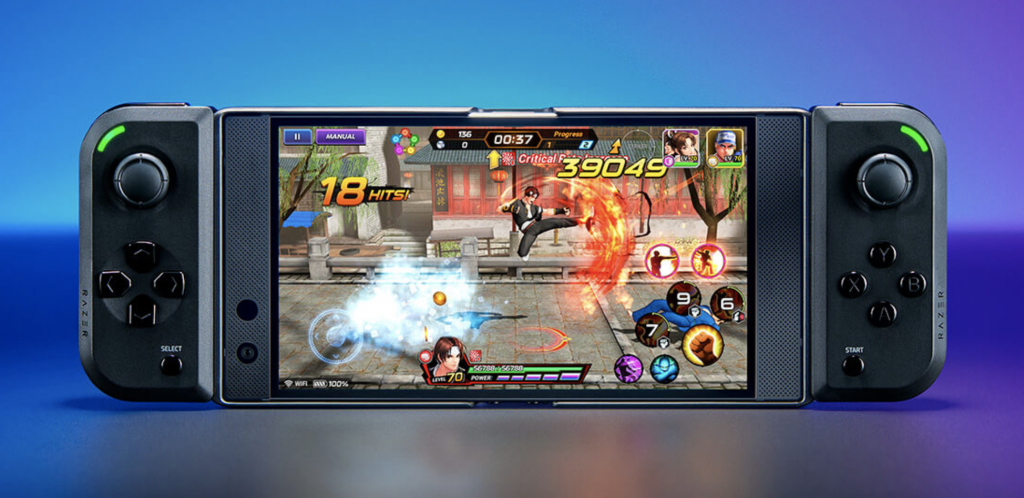
Last but not least, another Microsoft accessory I’d really like to see is a monitor version of the Surface Studio. Surface Chief Panos Panay first hinted at a modular Surface Studio in an interview last year, and I hope we won’t have to wait too long to see a monitor version of the 28-inch all-in-one PC come to market.
Bring Microsoft Photos and Movies & TV to iOS and Android
We first heard that Microsoft could bring its Movies & TV app to iOS and Android last year, but the mobile apps are still nowhere to be seen. Granted, it’s not hat much of a problem for US consumers now that the service integrates with Disney’s Movies Anywhere platform, but consumers in other markets still have no way to watch their movies and TV shows on mobile devices. Unfortunately, I guess that’s enough of a reason for completely ruling out purchasing digital content on the Microsoft Store for many.
Microsoft Photos is another app I’d really like to see coming on iOS and Android. The OneDrive mobile app is currently a poor replacement for this, and the app is really not great for browsing a huge pictures collection. It would certainly be hard for Microsoft to compete with Google’s excellent Photos app for iOS and Android, but I still do think the Windows 10 Photos app is desperately in need of a mobile counterpart.
Bring Project xCloud and Mixer to more platforms
The public beta for Microsoft’s Project xCloud game streaming service kicked off in October in the US, UK, and South Korea, and more than 50 games are already playable for free during the beta period. That’s more games than what Google has available for its competing Stadia cloud gaming service, which many have been judging it should have shipped with a “beta” tag.
As of today, the public beta for Project xCloud is only available on Android devices, but Microsoft announced last month that it will be available next year on iOS as well as Windows 10. That’s really good to know, but Microsoft needs to make it cloud gaming service on many more platforms if it wants to grab some mindshare. That includes the company’s Xbox consoles, as well as macOS and Linux, TV platforms like Android TV and tvOS, and more.
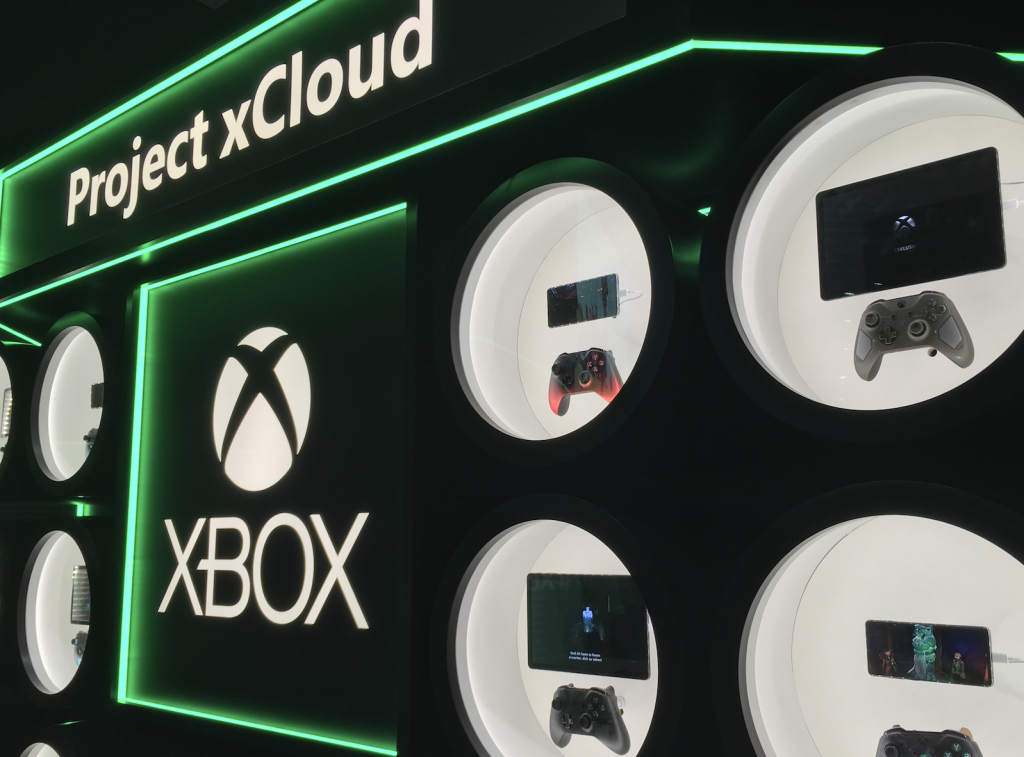
The same thing can be said about Mixer, Microsoft’s Twitch competitor that’s currently only available on Xbox One, the web, and iOS and Android. According to recent data from Streamelements and Arsenal.gg, Mixer accounted for just just 3% of hours watched in 2019, lagging far behind Twitch (73%), YouTube Gaming (21%). In what appears to be a questionable move, Microsoft also removed the built-in Mixer streaming feature from the Xbox Game Bar on Windows 10, meaning that PC gamers now have to use dedicated third-party apps to start streaming on Mixer.
A gaming-focused live streaming service like Mixer probably won’t be able to take off until it’s available on PlayStation 4, as well as the Nintendo Switch. This should be a top priority for Microsoft for the next-gen, but we also need Mixer apps on the same TV platforms we mentioned above for Project xCloud.
Can Microsoft deliver in 2020?
Just like Apple, Microsoft is a company that slowly iterates. We had to wait until this year to see an USB-C port on all new Surface devices, but Microsoft is still not interested in adding Thunderbolt 3. Microsoft’s big Fluent Design push has also been years in the making, and it all looks like this could be a very long journey.
I do think that we have a very busy year ahead of us, and the launch of new platforms with Windows 10X and Xbox Series X should be very interesting to watch. However, I hope the company will be able to keep its focus on Windows 10 and its various software efforts, which have millions of users. If all goes well, 2020 should also be the year where Windows 10 reaches 1 billion users, as we recently crossed 900 million users back in September.
What are the things you would like Microsoft to focus on in 2020? Let us know what you think in the comments below!

